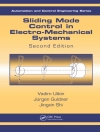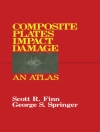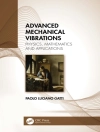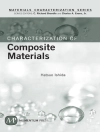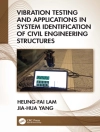Microbiologically-influenced corrosion (MIC) is one of the greatest mysteries of corrosion science and engineering, due to the complexities resulting from the involvement of living things such as bacteria. Bacteria are not only able to affect our health, but are also capable of impacting upon everyday life through a wide range of industrial sectors and the economy. Microbiologically Influenced Corrosion: An Engineering Insight introduces a new approach to the basics of MIC and explains how to recognise, understand, mitigate and/or prevent this type of corrosion. Topics explored include stress corrosion cracking and microbial corrosion, the pros and cons of biocides, the involvement of magnetic bacteria in microbial corrosion, and a new interpretation of cathodic protection based on recent research in microbial environments. The material covered by Microbiologically Influenced Corrosion: An Engineering Insight will be of benefit to professional and consultant engineers in power generating, oil and gas, marine, and mining industries; as well as to researchers in the fields of chemistry, chemical engineering, materials science, corrosion and mechanical engineering.
Table des matières
A Short Journey to the Realm of Corrosion.- Technical Mitigation of Corrosion: Corrosion Management.- Non-technical Mitigation of Corrosion: Corrosion Knowledge Management.- Microbiologically Influenced Corrosion (MIC).- How Does a System Become Vulnerable to MIC?.- How Is MIC Detected and Recognised?.- Examples of Some Systems Vulnerable to MIC.- Examples of Some Materials Vulnerable to MIC.- How Is MIC Treated?.
A propos de l’auteur
Dr Reza Javaherdashti is a Senior Corrosion Engineer at Extrin Consultants, a specialist corrosion engineering consulting group based in Perth, Australia.


